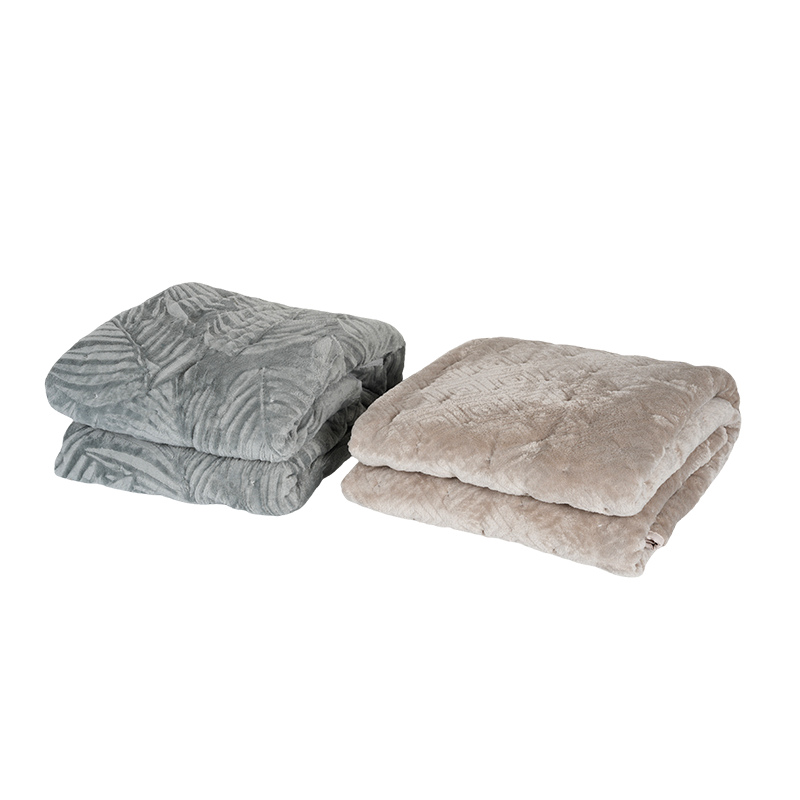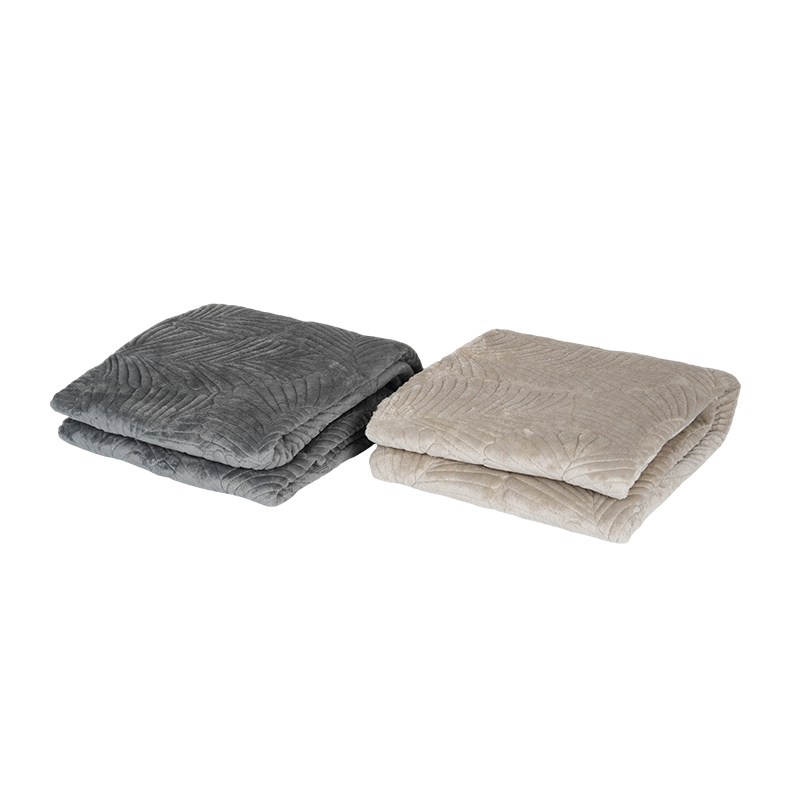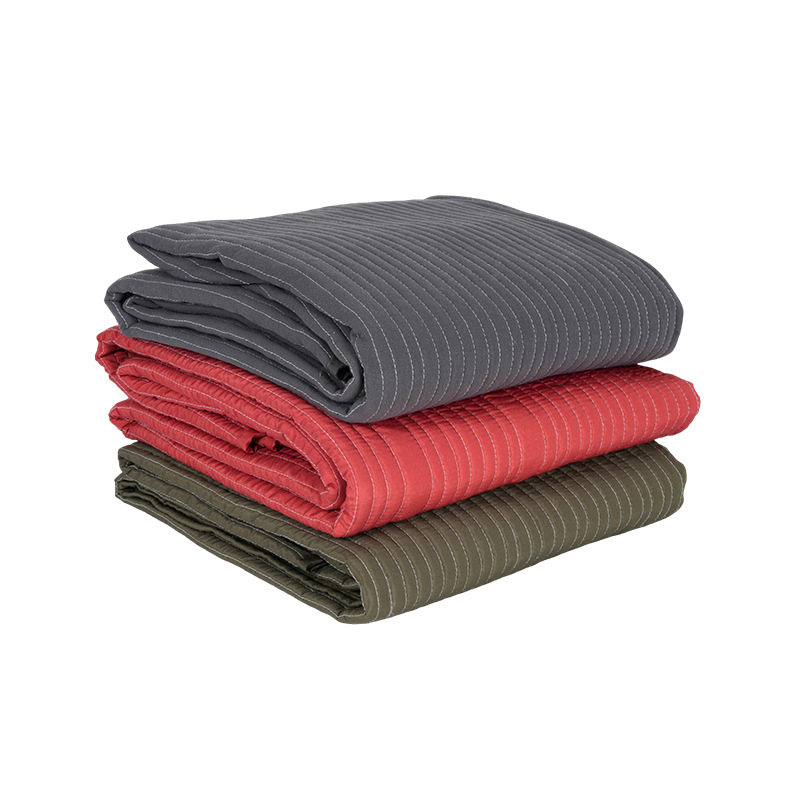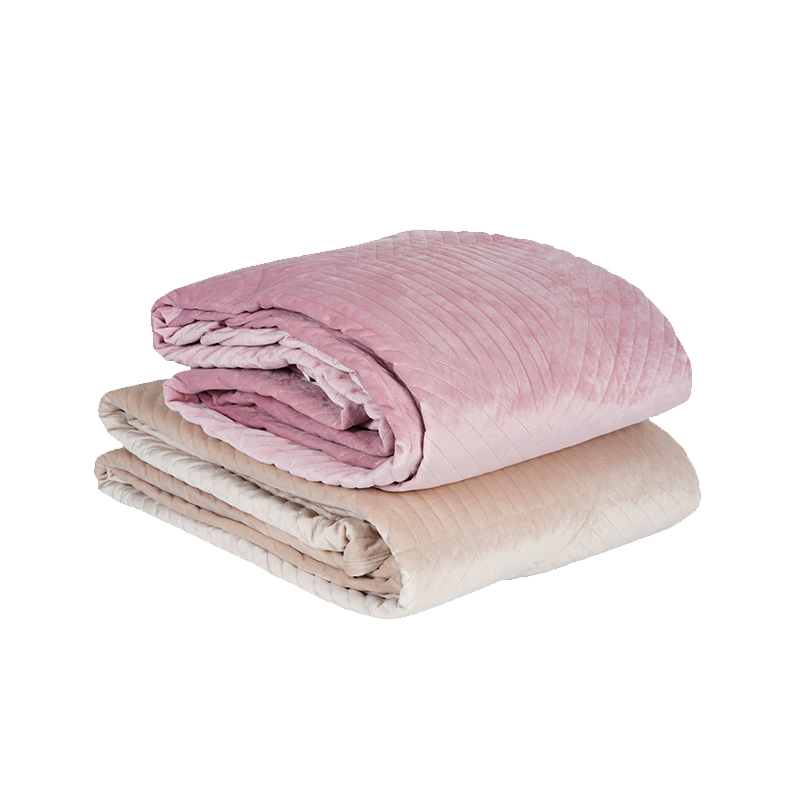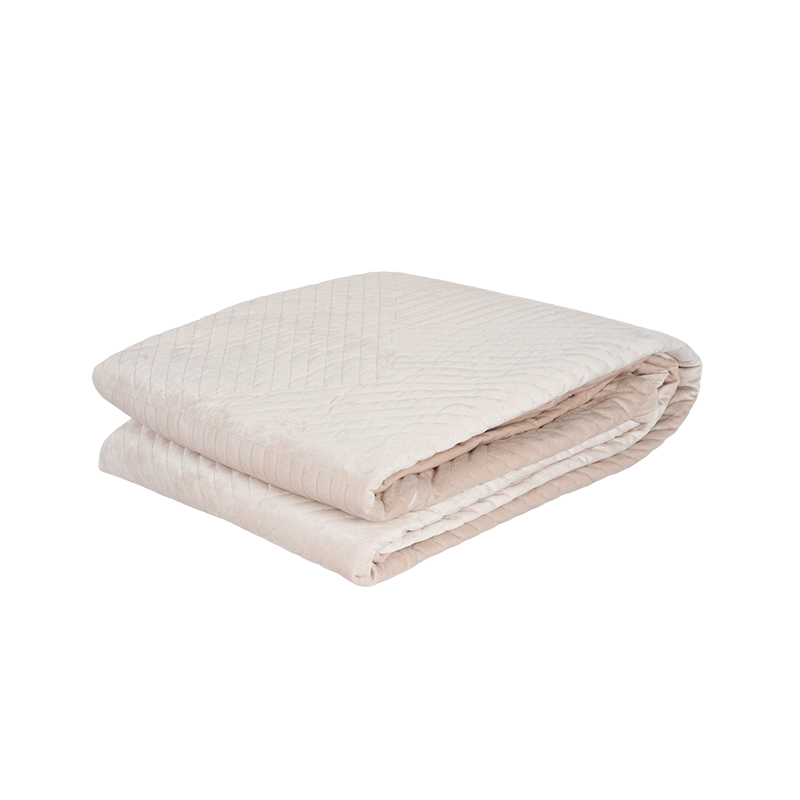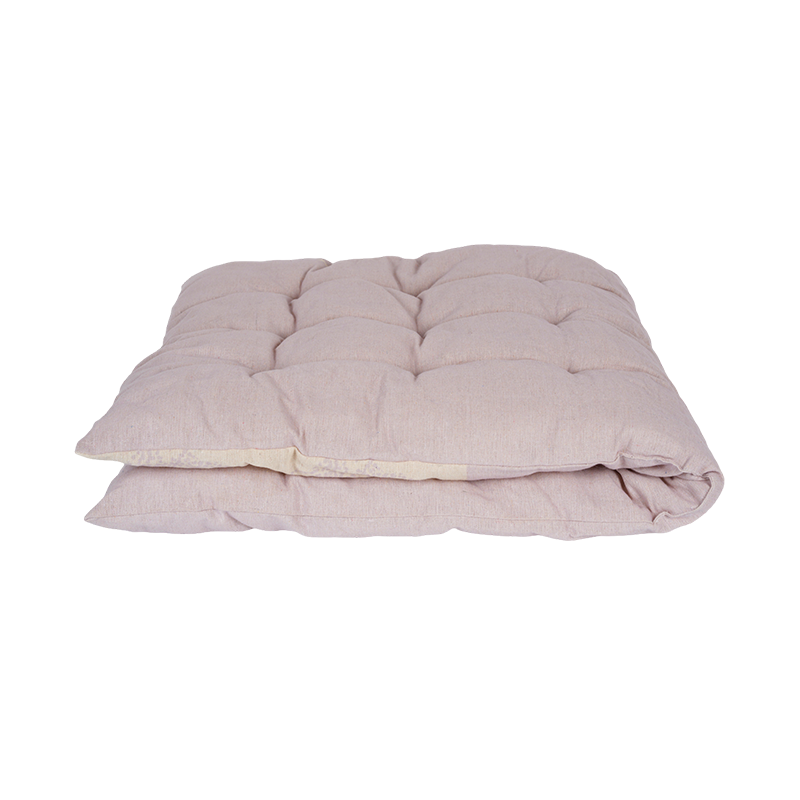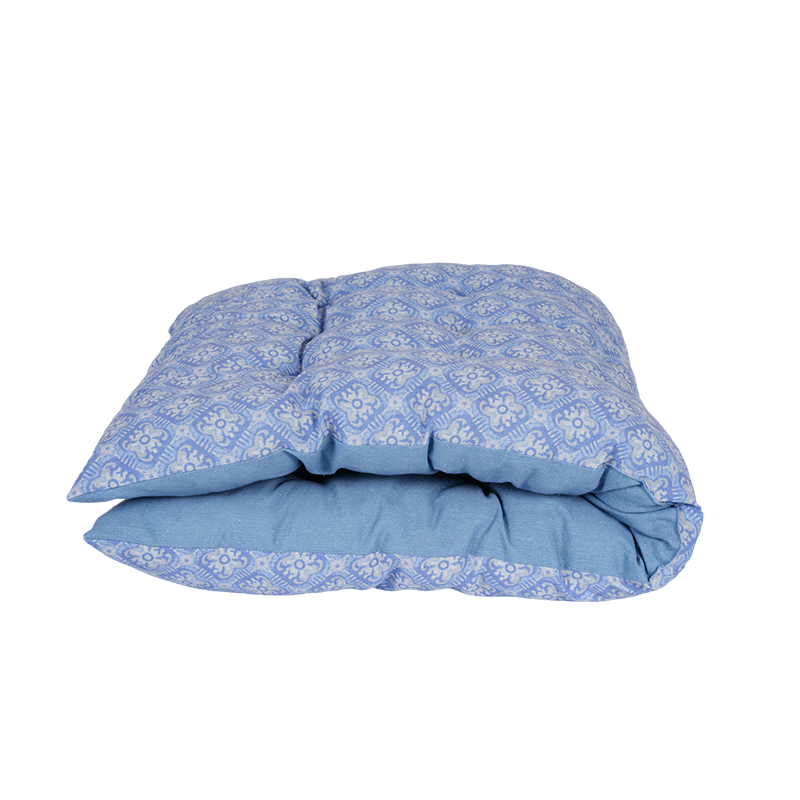- Type:
- Industry News
- Date
- 2025-Jun-09
Understanding the Role of Modern Quilts in Everyday Living
Quilts have evolved from practical bed coverings to expressions of lifestyle, taste, and design sensibility. While traditional quilts emphasized craftsmanship and functionality, today's options—especially colorful solid quilts and fall-patterned varieties—serve broader purposes. They enhance interior style, reflect personal moods, and contribute to seasonal comfort. As quilting practices and consumer expectations shift, these textiles continue to find new relevance.

Colorful solid quilts represent a quiet yet meaningful evolution in quilt design. Unlike patchwork or patterned quilts that feature intricate visuals, solid quilts rely on tone, texture, and stitching to create visual impact. Their development is tied closely to changes in consumer taste, advancements in fabric dyeing, and a growing desire for simplicity in home design.
Historically, quilts were often made using leftover fabric scraps, which naturally led to a patchwork appearance. As the textile industry expanded in the 20th century, the availability of solid-colored fabrics grew, giving quilters new tools to experiment with monochrome and minimalism. These quilts may appear simple at glance, but their appeal lies in color coordination, stitch detail, and the balance between form and function.
In recent years, colorful solid quilts have gained popularity due to their versatility. A bright solid quilt can introduce a playful note to a child's bedroom, while a muted, earthy tone may lend sophistication to a contemporary guest room. Their non-busy design makes them suitable for layering, coordinating with patterned pillows, or standing alone as a statement piece.
Fall-patterned quilts have a seasonal charm that makes them a favorite addition to homes during autumn months. Their designs—featuring motifs like leaves, pumpkins, acorns, or plaid—evoke a cozy, nostalgic atmosphere. But beyond their appearance, their pricing in the market reflects a blend of practical factors, craftsmanship, and emotional value.
Typically, the price of a fall-patterned quilt depends on several variables. Materials play a significant role; quilts made with cotton or organic fabrics tend to cost more due to the quality and sustainability of the raw material. Synthetic blends may reduce costs, though they may lack the breathability or natural softness of cotton.
Design complexity is another factor. Quilts with intricate patterns or layered stitching techniques require more labor, which can increase production costs. If the quilt is hand-stitched or produced in limited quantities, its price may be higher than mass-produced options.
On average, a standard fall-patterned quilt might range from $50 to $150, depending on size, material, and brand. Artisan or designer versions can exceed this, especially if they are made with heirloom-quality techniques. However, price should also be viewed in the context of seasonal reuse. Many homeowners bring out their fall quilts year after year, making the cost-per-use quite reasonable.
In everyday life, the value of these quilts is not limited to their retail price. They contribute to seasonal rituals—marking the shift in weather, adding warmth on cooler nights, and creating a visual cue of change in home decor. For many people, pulling out a fall-patterned quilt is as much an emotional gesture as it is a practical one. It can signal comfort, tradition, and the beginning of a new season.
Ultimately, the price of a fall-patterned quilt balances cost and cultural value. Whether chosen for aesthetics, comfort, or both, these quilts represent a considered purchase—something that blends utility with personal expression, year after year.
Both colorful solid quilts and fall-patterned designs show how quilting has expanded into different forms of personal and seasonal expression. These modern textiles provide more than warmth—they offer a quiet reflection of lifestyle, comfort, and changing tastes. As accessible as they are meaningful, quilts continue to stitch themselves into the fabric of everyday life.


 English
English
 English
English Español
Español